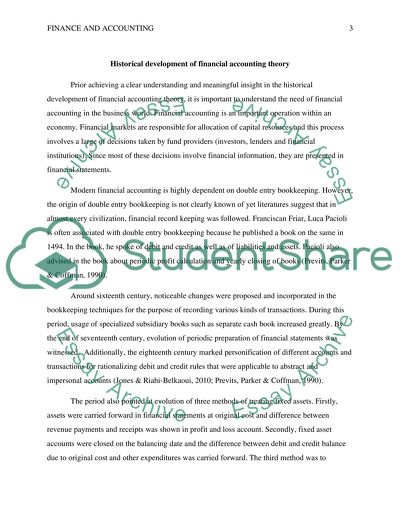Cite this document
(“Revenue Recognition Research Paper Example | Topics and Well Written Essays - 3250 words”, n.d.)
Retrieved from https://studentshare.org/finance-accounting/1656216-revenue-recognition
Retrieved from https://studentshare.org/finance-accounting/1656216-revenue-recognition
(Revenue Recognition Research Paper Example | Topics and Well Written Essays - 3250 Words)
https://studentshare.org/finance-accounting/1656216-revenue-recognition.
https://studentshare.org/finance-accounting/1656216-revenue-recognition.
“Revenue Recognition Research Paper Example | Topics and Well Written Essays - 3250 Words”, n.d. https://studentshare.org/finance-accounting/1656216-revenue-recognition.


